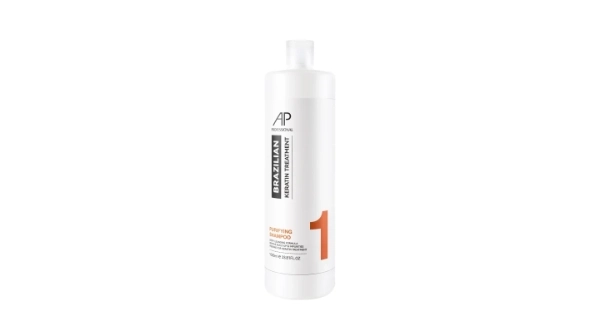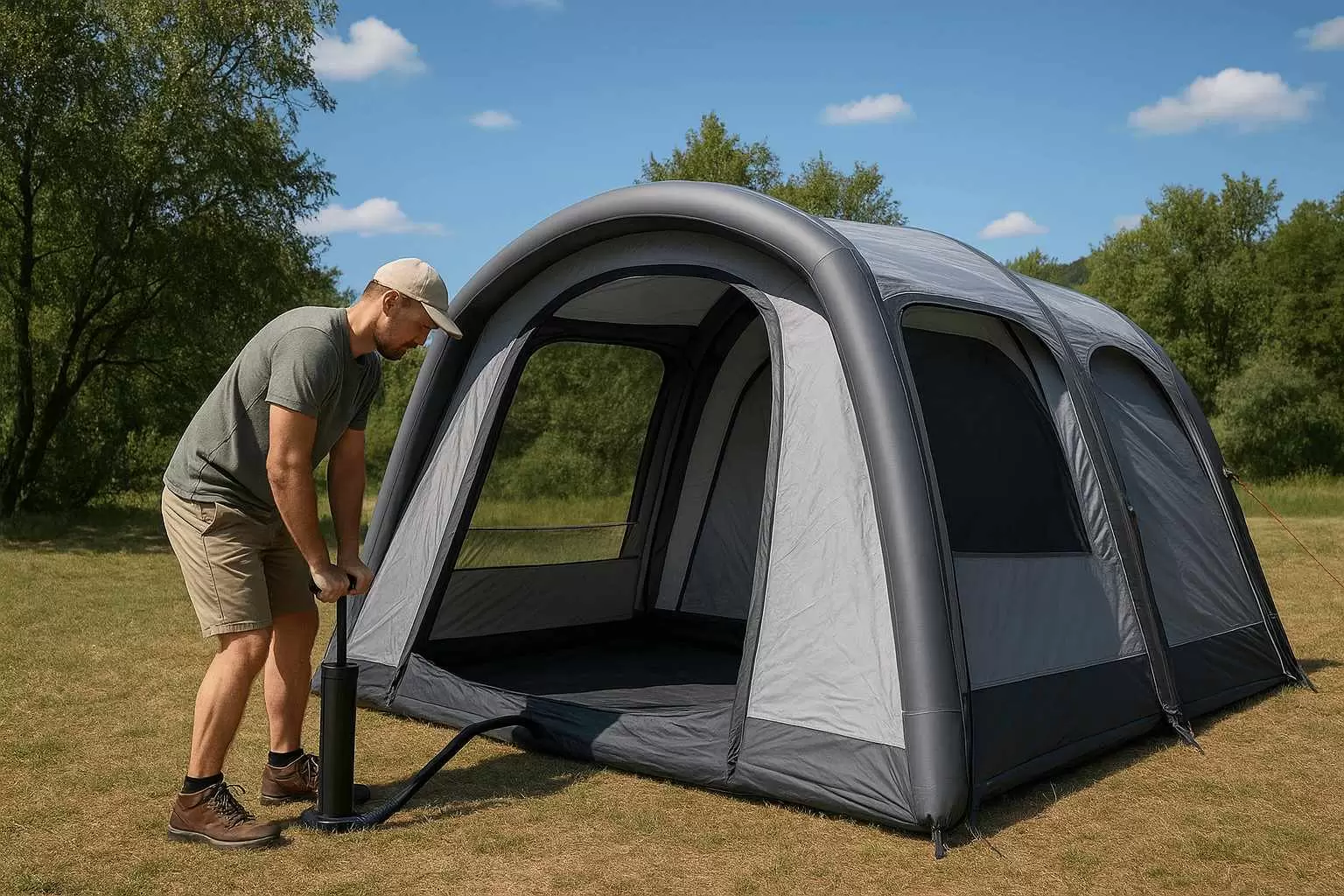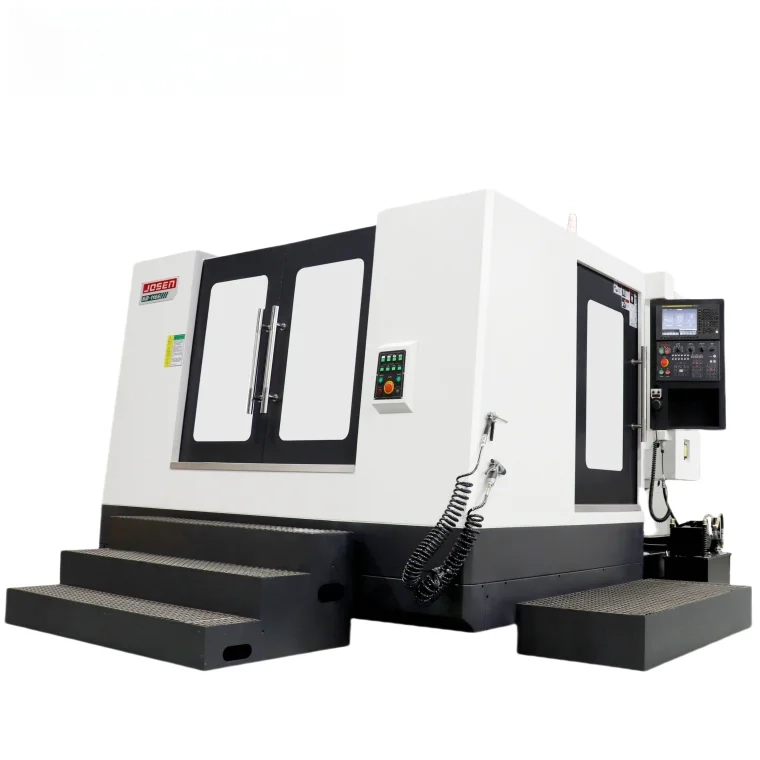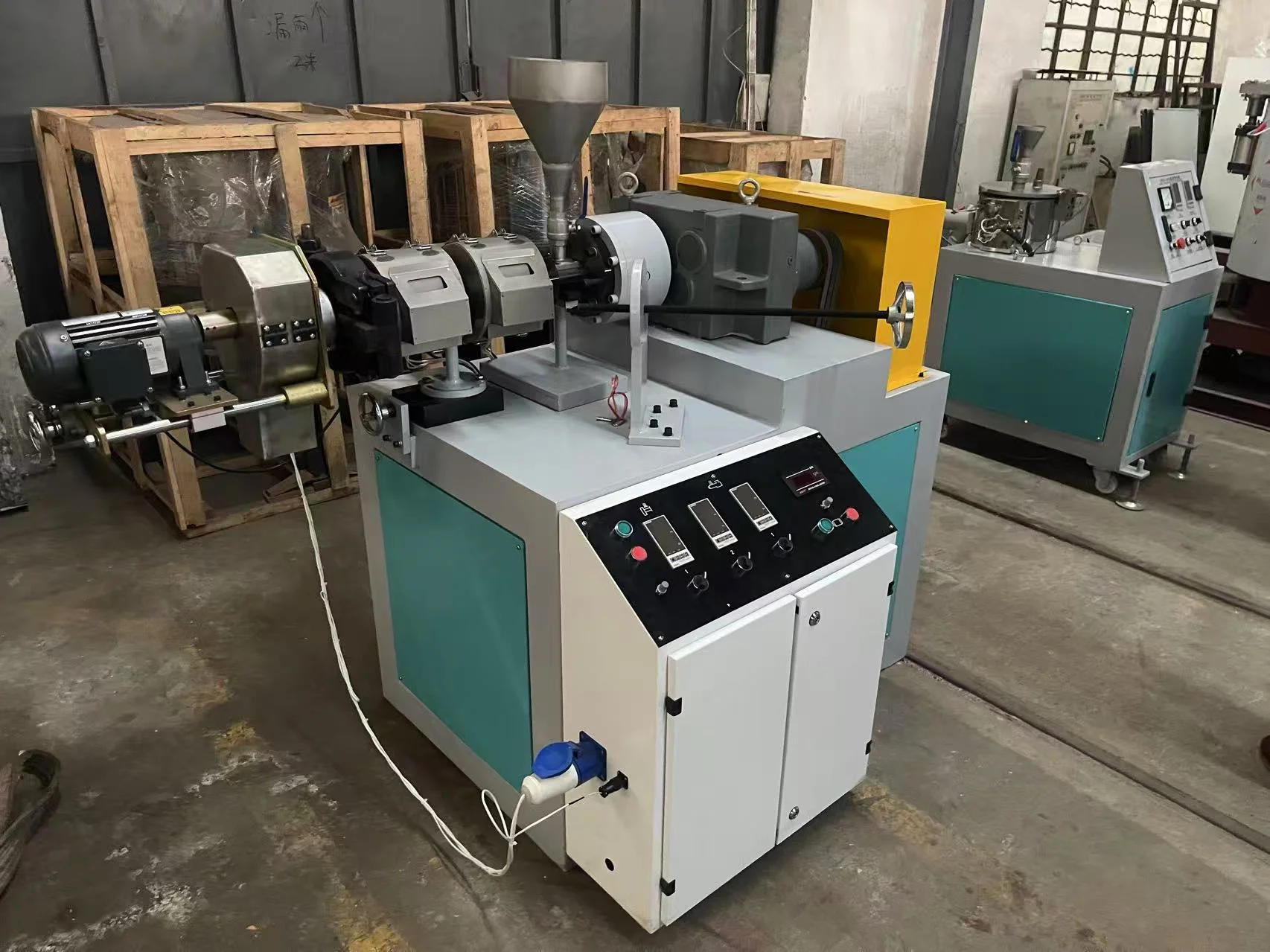In our fast-paced world, organization is key to maintaining efficiency and safety, whether at home, in the workplace, or in specialized environments. One of the most critical aspects of effective organization is understanding which items should be stored separately to prevent accidents, contamination, or damage. In this article, we will delve into the two items that should always be stored apart: cleaning supplies and food products. This discussion will not only highlight the reasons behind this separation but also provide practical tips for safe storage practices.
The Risks of Mixing Cleaning Supplies and Food Products
- Chemical Contamination
The primary reason for keeping cleaning supplies and food products apart is the risk of chemical contamination. Many cleaning agents contain hazardous substances that can be harmful if ingested. For instance, bleach, ammonia, and various disinfectants are common household cleaners that can pose serious health risks if they come into contact with food items. Even trace amounts of these chemicals can lead to food poisoning or long-term health issues.
- Cross-Contamination
Cross-contamination is a significant concern in both domestic and commercial kitchens. When cleaning supplies are stored near food products, there is a heightened risk of accidental spills or leaks. For example, if a bottle of all-purpose cleaner tips over, it can easily contaminate nearby food items, rendering them unsafe for consumption. This is particularly critical in environments where food safety regulations are stringent, such as restaurants and catering services.
Best Practices for Safe Storage
- Designated Storage Areas
To mitigate the risks associated with storing cleaning supplies and food products together, it is essential to create designated storage areas for each category. Cleaning supplies should be stored in a locked cabinet or a high shelf, away from food items. This not only prevents accidental access by children or pets but also minimizes the risk of contamination.
- Clear Labeling
Proper labeling is another effective strategy for ensuring safe storage. All cleaning supplies should be clearly labeled with their contents and any associated hazards. This practice not only helps in identifying the items quickly but also serves as a reminder to keep them away from food products. Similarly, food items should be stored in clearly marked containers to avoid confusion.
- Regular Inventory Checks
Conducting regular inventory checks can help maintain a safe storage environment. By routinely assessing the condition and location of cleaning supplies and food products, you can ensure that they remain separated and that no expired or damaged items are present. This practice is particularly important in commercial settings, where compliance with health regulations is mandatory.
Conclusion
In conclusion, the separation of cleaning supplies and food products is a fundamental principle of safe storage practices. By understanding the risks associated with mixing these two categories and implementing best practices for organization, individuals and businesses can significantly reduce the likelihood of accidents and health hazards. Remember, a well-organized space not only enhances efficiency but also promotes safety for everyone involved. Prioritizing the separation of these essential items is a small yet impactful step towards a healthier and safer environment.




More Stories
Indoor vs. Outdoor EV Chargers: Choosing the Right 7kW Charging Solution for Your Home
Unlocking Smart Energy: Key Benefits of a 3 kW Hybrid Grid Solar Inverter
Innovative Design Features of Next-Gen Dry Type Transformers